
PLANTS OF KENYA
18-05-2022 di redazione
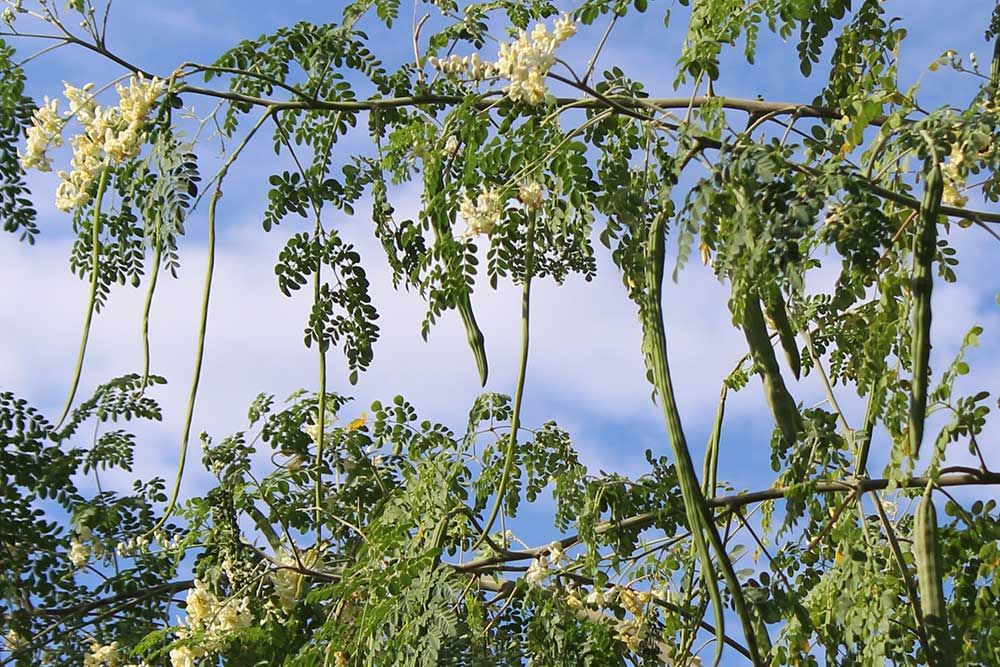
Moringa: the tree of life, the miracle tree or even the immortal plant.
It is a member of the Moringaceae family, of which at least 13 species are known, ranging from those that grow as full-fledged trees that can reach ten metres to simple shrubs.
Moringa Oleifera is the most economically valuable species and is native to South Asia, where it grows at the foot of the Himalayas, but is widely cultivated in all tropical areas. In eastern Ethiopia, northern Kenya and Somalia, there are nine species, eight of which are endemic to Africa.
It is a drought-tolerant plant that can grow and resist very harsh conditions and retain fluids and nutrients in the event of excessive water shortage. In Africa and Kenya, where it grows without problem, people classify it as one of the "nebedies", i.e. trees that never die.
It is a nutraceutical (a syncratic neologism from "nutrition" and "pharmaceutical"), i.e. a natural foodstuff rich in preventive and therapeutic properties and health-friendly substances; it also has great potential because it provides proteins with a high biological value, containing the full range of amino acids required for human needs, a characteristic that is almost unique among plants. These properties make moringa an interesting plant also from a humanitarian point of view: it can be used to combat hunger, malnutrition and poverty.
Among the most important substances are 46 antioxidants, including polyphenols. There are also numerous vitamins, such as A and C, which are present in far greater quantities than in oranges.
It is also rich in oil-elements such as zinc, selenium and iron.
It is also known to have diuretic and purifying properties, which can have beneficial effects on swelling and water retention. Its curative uses in natural medicine range from treating colds and fevers to treating inflammation and digestive problems or hypertension. But also diabetes, headaches and hundreds of other ailments.
Everything about moringa is edible: bark, pods, leaves, roots, seeds and flowers, which is one of the reasons it is considered a superfood or miracle tree.
The leaves are very rich in proteins, vitamins and minerals. The leaves are very rich in protein, vitamins and mineral salts. They have a slightly spicy and pleasant taste even when raw and are often used for the nutrition of women in labour or new mothers, especially in poor areas. The flowers are also edible and are usually prepared in salads. In addition, the moringa is a melliferous plant: honey can also be produced from its flowers. As for the seeds, they are usually roasted or boiled and taste remotely similar to chickpeas. The seeds are very important: the oil they contain is made up of 65 to 76% oleic acid, which is the same unsaturated fat as olive oil.
The roots are very special because they have an aromatic and somewhat spicy taste, which can be reminiscent of radish. They are used as a spice, as is done with horseradish, but care should be taken and consumption should be limited due to the presence of spiroquine, an alkaloid that may be harmful to nerve transmission.
Moringa's valuable nutrients help improve cell nutrition, protect against free radicals and strengthen the immune system, so it's no surprise that moringa is also used in cosmetics, with oil and powder-based skin creams and lotions.
It is very easy to find the dried and powdered leaves here for use in infusions and drinks or in creative recipes.
PLANTS OF KENYA
di redazione
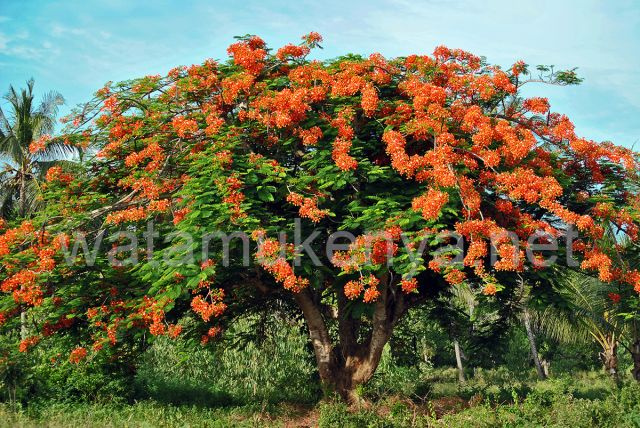
Delonix Regia, native to the forests of northern Madagascar, is one of the most beautiful flowering tree species belonging to the Fabaceae family, also known as Leguminosae. It is known by many as...
PLACES
di redazione

Among the thousands of possibilities to enjoy Nature that Kenya, and particularly its coast, can boast, there is certainly the sea landscape dominated by mangroves.
These plants, which have their roots in soils which feed on water from the Indian...
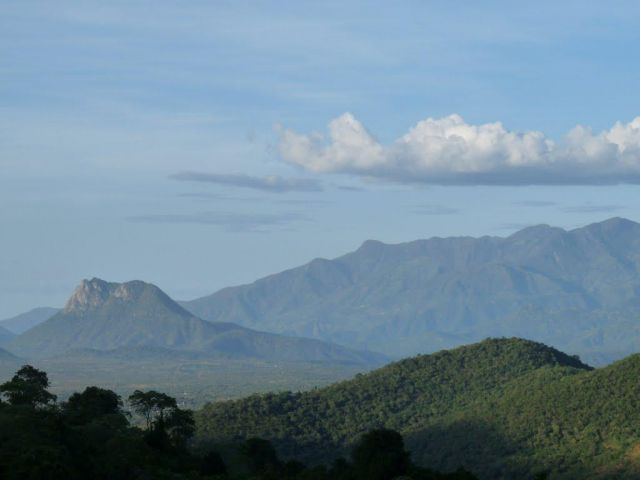
The green heart of Africa, where every nook and cranny is a metaphor for the continent's wild and fabulous eternity: springs, forest, sudden precipices and escarpments, gentle hills...
NEWS
di redazione
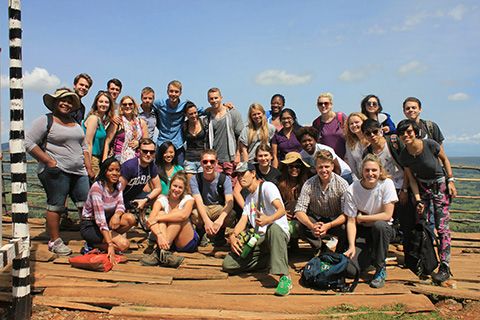
Watamu is not only a paradise for tourists and for those who fall in love with Africa and then returns, but also a "field of exploration" for many young people from all over the world.
Especially its ecosystem is of...
PLANTS OF KENYA
di redazione
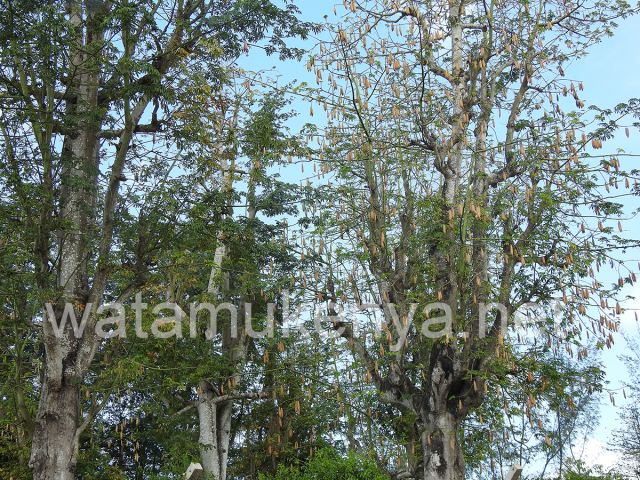
Rhodognaphalon Schumannianum or East African Bombax or Wild Kapok, is an indigenous species of flowering plant in the Malvaceae family found in the coastal strip of East Africa, from south-eastern...
NATURE
di redazione
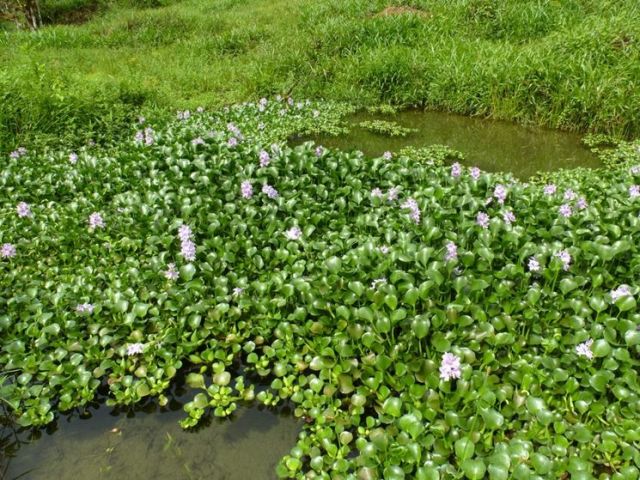
Freeing lakes from a weed that restricts fish reproduction and at the same time creating biofuel to limit the use of charcoal in rural kitchens.
This is a Kenyan initiative that simultaneously safeguards the environment, trade and the health of...
PRODUCTS
di redazione
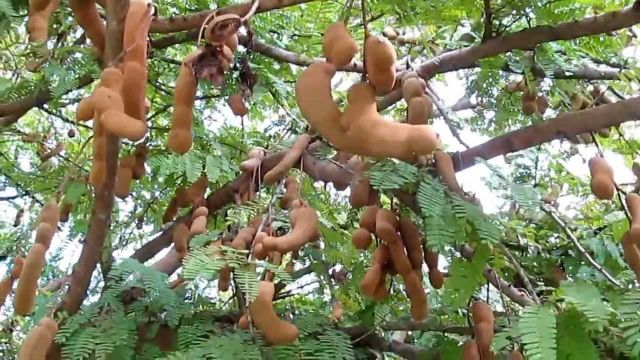
Kenya is increasingly the ideal environment for tamarind, present on the Swahili coast since it was brought and planted from India a thousand years ago.
Tamarindus Indica is a majestic, long-lived evergreen belonging to the leguminous family.
PARKS
di redazione
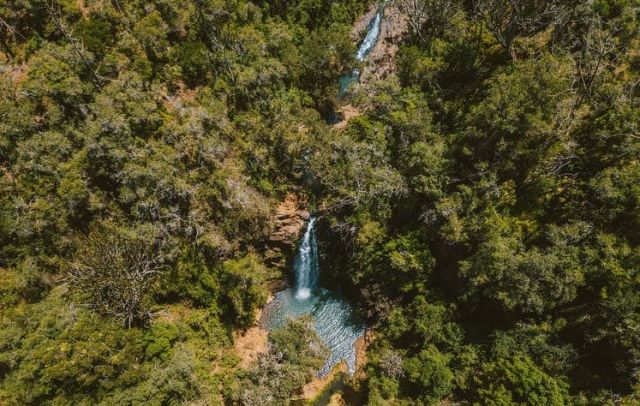
They call it 'Tarzan's Paradise'.
The azure pools formed by the waterfalls of the Ngare Ndare forest, amidst liana rocks and wild animals are unquestionably one of Kenya's wonders to...
RECIPES
di redazione
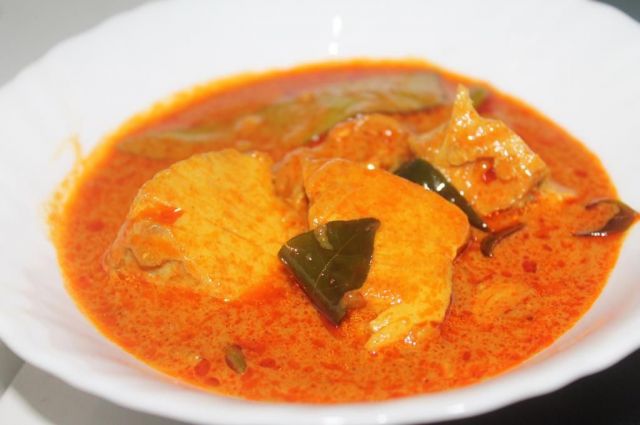
Fish morsels in mango sauce.
This is a Swahili recipe particularly used in Malindi and Watamu and on the coast of Kenya, where the plants of this delicious tropical fruit abound.
Here is for you the recipe of watamukenya.net
PERSONS
di Freddie del Curatolo

In Watamu there are those who know her as "Mama Zawadi" and who as the Lady of the Woods of the Sea.
Here they are called "driftwood", carried logs, honed and sculpted by the current of the Indian Ocean.
STORIES
di redazione

Tsavorite, the green stone named after the Tsavo National Park, was discovered in 1967 by the Scottish geologist Campbell Bridges.
Since then it is more and more famous abroad than in Kenya and Tanzania, the only countries where it is...
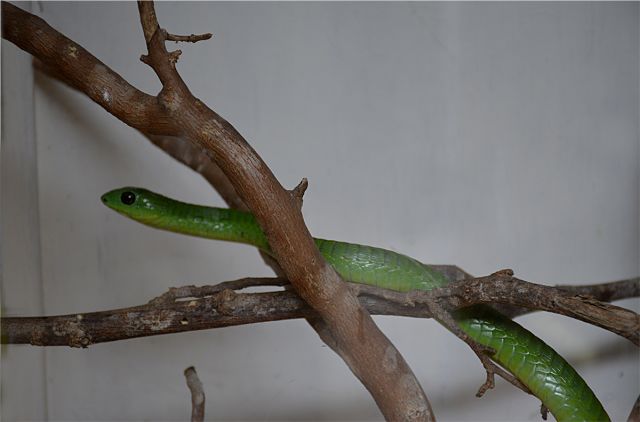
The torrid heat that is continuing in these days on the Kenyan coast could favour the presence of snakes, particularly green and black mamba and more rarely cobras.
Here is a decalogue of precautions reported by KWS.

"My fight to save Africa's natural treasures'.
This is the eloquent subtitle of an autobiography co-written with journalist Virginia Morell.
The life of the founder of the Kenya Wildlife Service and Kenya's staunchest defender of wild animals.